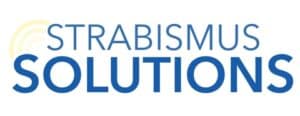If you have strabismus and are considering vision therapy, you are probably wondering what they would even do during therapy. How, exactly, do you exercise an eyeball? Will it make them straight? Does it hurt? Will I be sore afterwards? I had all these questions before starting therapy and I was so nervous for that first appointment. I’m going to break it down for you so you can know.
So what are vision therapy (VT) appointments like for strabismus patients? VT appointments are generally 45 minute long sessions once or twice a week. Exercises with fusion and depth perception (putting the images from both eyes into one), tracking (moving eyes in/out/up/down/far/near smoothly and efficiently), peripheral awareness (learning to see big and take in surroundings), and focusing (making images clear at different distances) are the main ones I do, but there are 17 different visual skills that are all strengthened with VT. Expect to spend plenty of time on a balance board and wear a huge variety of glasses and lenses. Virtual reality and computer programs are used to strengthen your vision as well.
I have been to almost 80 different appointments (link to weekly blogs) and no two appointments have ever been the same. My optometrist switches things up every week to help me continue to progress.
What is a Typical Appointment Like?
My optometrist usually picks around 5 exercises that we focus on during my appointments and then he assigns similar exercises for me to work on daily at home.
At least half of the exercises deal with coordinating and strengthening my eyes, but others involve balance, coordination, perceptual skills and memory.
For many of the exercises I am asked to stand on a balance board. At first, I thought it was so weird, but the balance board engages your whole vestibular system which helps so much! I can always do better on a balance board.
He also asks me to do multiple things at once like walking a line while wearing prism glasses, telling him a story and catching and throwing a bean bag.
Other times I may be reading letters off a chart, naming something that starts with each letter, while tapping a swinging ball.
It seems to be a goal to incorporate as many systems of the body at once as possible while keeping my peripheral vision wide open to integrate better vision.
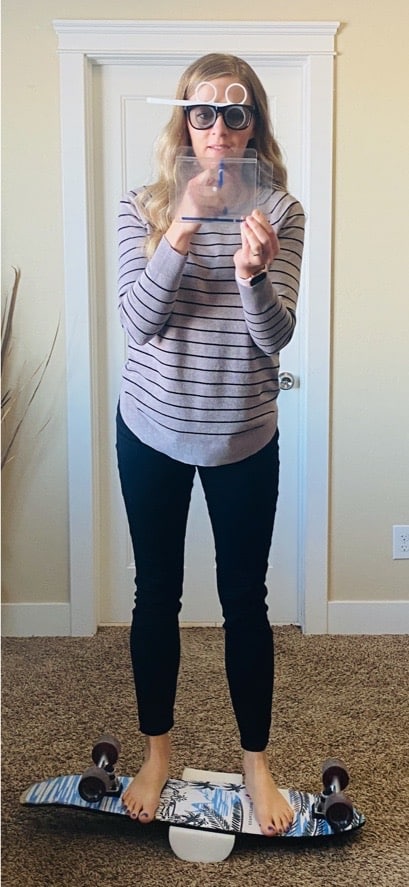
While some exercises are complex, other times it is so simple. Can I track a pen, switch my vision from near to far and keep it clear, or move my eyes from one object to another? Sometimes we even do these with my eyes closed, which is so so good.
We always spend time working on my depth perception and fusion with a variety of vectographs, red/green glasses, or computer programs (see below). The goal is always to see space between objects and see big.
While leading me through the exercises, my optometrist or vision therapist coaches me and gives feedback, tips and challenges to improve my vision even more.
After the exercises, we go through my homework and I’m on my way. It’s pretty simple.
I am going to go through a few of the different main categories of exercises that we do at therapy so you can see what some of the specific exercises are. I’m just going to list the top 2-3 that I do in each category, but there are endless exercises that those creative optometrists come up with!
Awareness
Step 1 is knowing where your eyes are and what they are doing.
Prism Jumps– I look ahead at a pen and the Doc moves a prism in front of one eye, while the other is patched. I notice if the pen shifts up/down/left/right and also pay attention to the feeling of my eye actually moving. This is all about learning to feel where my eyes are and what they are doing.
The hard version is having both eyes open and moving the prism in front and trying to keep the object single, but that would go in the fusion category…
Minus Lens- This is a great big lens that I hold out between me and a ball hanging from the ceiling. I can see one large ball through the lens, and another one through the lens and I try to see and visualize the space between the two. (more details on this post)
Tracking and Eye Control
Learning to point and move each eye individually and both as a team is a huge focus for VT.
Hide and Seek- Dr. Dan moves a pen in/out/up/down in front of me and I track it carefully with my eyes. Then he stops and asks me to close my eyes and visualize the pen. After a few seconds I open my eyes and try to have them still pointing and looking directly at the pen. There are a lot of variations here, but it is usually done with one eye at a time.
Eye Jumps– The doctor holds two different pens or items and moves them around. I look at one until he calls “switch,” and then I quickly and accurately move my eyes to the other item.
Binovi Touchboard– This is an electronic board with about 25-30 circle buttons on it. Each button can either be red, green, or white. The buttons take turns lighting up and I try to push them as quickly as possible. Sometimes Dr. Dan has me wear red/green glasses or keep my eyes pointed at the center to help peripheral, but I’m always on a balance board.
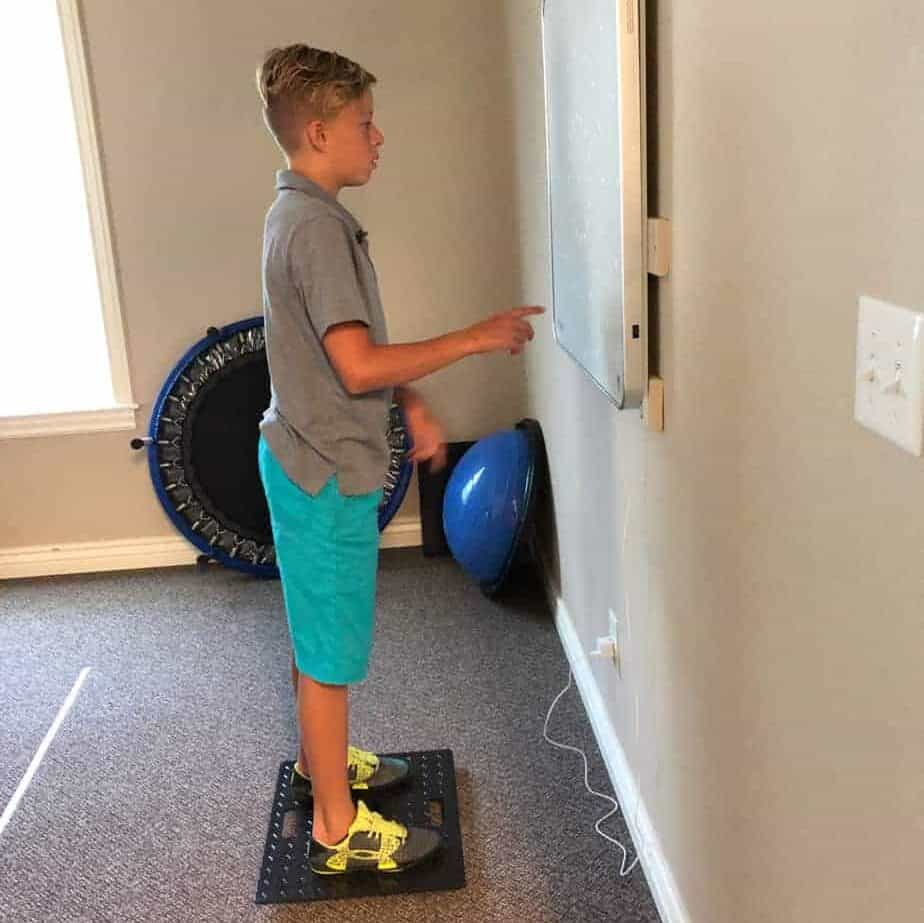
MIT– This is a box with a blue light and some sort of fan that I look into, one eye at a time. There is a little black dot in the middle and I try to keep the fan exactly centered on the dot. This helps with eye control and fixation, or in my terms, helps me keep my eyes still. My strong eye can easily accomplish the task, while my weak eye must work extra hard. It is making a big difference!
Primitive Reflexes
These are full body exercises that help integrate reflexes that may have been missed while you were young. It seems a little weird since you’re not doing much with your eyes, but it is so important! It helps your whole body and system work together, coordinates the left and right sides and more!
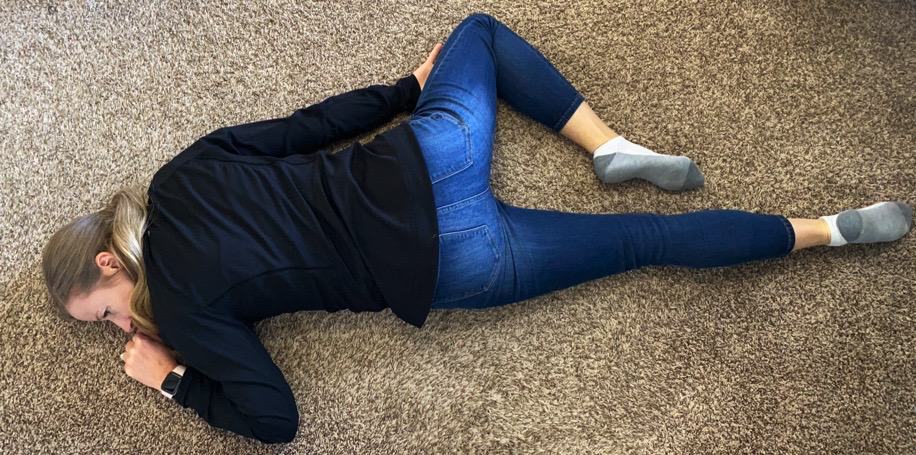
These are usually part of the first few months of therapy.
Peripheral Awareness
Learning to see big and take in more with vision is the glue that holds all VT together.
Paint the Room– For this exercise I stand and look at something about 10-15 feet in front of me. While keeping my gaze forward I use my thumb to “paint” different objects in the room. It is fantastic for learning to keep the eyes forward while taking in and identifying specific items in the peripheral view.
Marsden Ball– The Marsden ball is a ball on a string that hangs from the ceiling and can swing. It is used in so many different exercises for vision therapy. One of my favorites is so simple and may seem pointless at first, but it is a critical concept. I stand 5 feet behind the ball while my optometrist swings it in a circle. I visualize the space that the ball is moving through and practice seeing the space. then I step forward so that the ball is swinging around me. Now I visualize the same space but now I am inside the space. I practice seeing/sensing/feeling the space behind me as well as the space I can actually see. This one is so so good!
Space Fixator-For this activity I tape a clear paper with circles around the periphery to a window. While looking at the center circle, I move my finger to touch the circle my optometrist calls out, ie: “11 o’clock” or “4 o’clock.” I practice being accurate with my peripheral vision.
Focusing or Accomodation
Accommodation is the skill of focusing the eyes at different distances and keeping images clear.
Target– Being able to see images or words clear at both distance and near is so important, being able to switch back and forth is also imperative. One tool that is used in a variety of ways is called the bullseye. It is a small, clear card with a letter chart (Hart chart) and circle chains of varying thicknesses. For the basic exercise, my optometrist asks me to look through the chain at a letter or object further away, maybe 10 feet, and make it clear. Then I switch and look at the ring and make it clear, then I go back and forth between the two practicing my focusing or accommodation abilities.
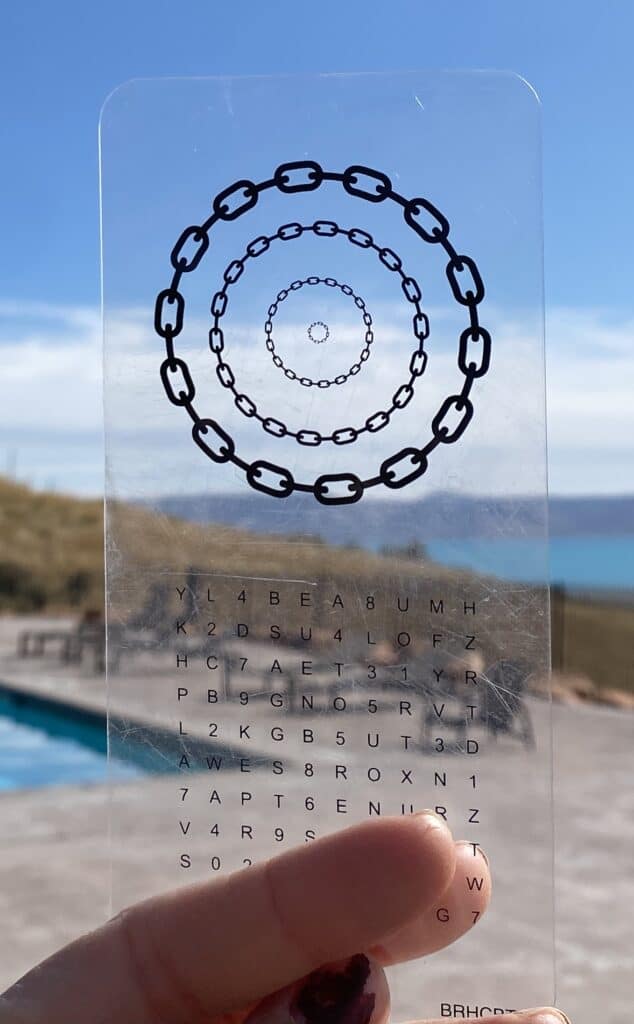
Flippers– Again, these tools are used in so many ways in vision therapy. The tool is a lens that has a plus prescription on one side and minus on the other. While reading, you flip from one side to the other and practice making it clear.
Anti-Suppression
With strabismus, one eye is often suppressed or ignored. Part of vision therapy is waking the weak eye up and convincing your brain to use both at the same time.
MFBF (Monocular Fixation in a Binocular Field)- While wearing anaglyph glasses or a red lens patch, I do activities where both eyes can see parts, but only together can they see the whole. An example is the word puzzle below where the left eye can see some parts and the right can see others while wearing red/blue glasses. Click the image for other examples in my shop.
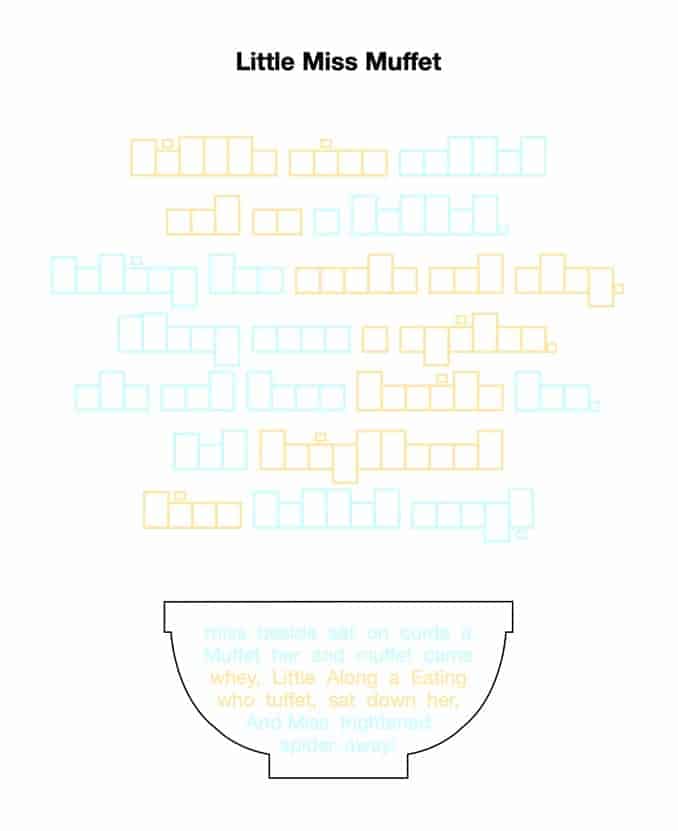
Fusion Exercises
Fusion exercises help both eyes turn on and line up the images from both eyes into one fused image.
Brock String- This is a string with beads on it. While looking at one bead, the string appears to make an “X” through that bead. It gives instant feedback about whether one or two eyes are working and if they are pointed at the same place and fusing the bead. Read all about it here.
Luster– While wearing red/green or red/blue glasses I stare at a huge whiteboard. My left eye sees green, the right sees red and I try to get them to mix so that I see “luster.” I start up close, and then slowly back away from the whiteboard, trying to hold the mixed color.
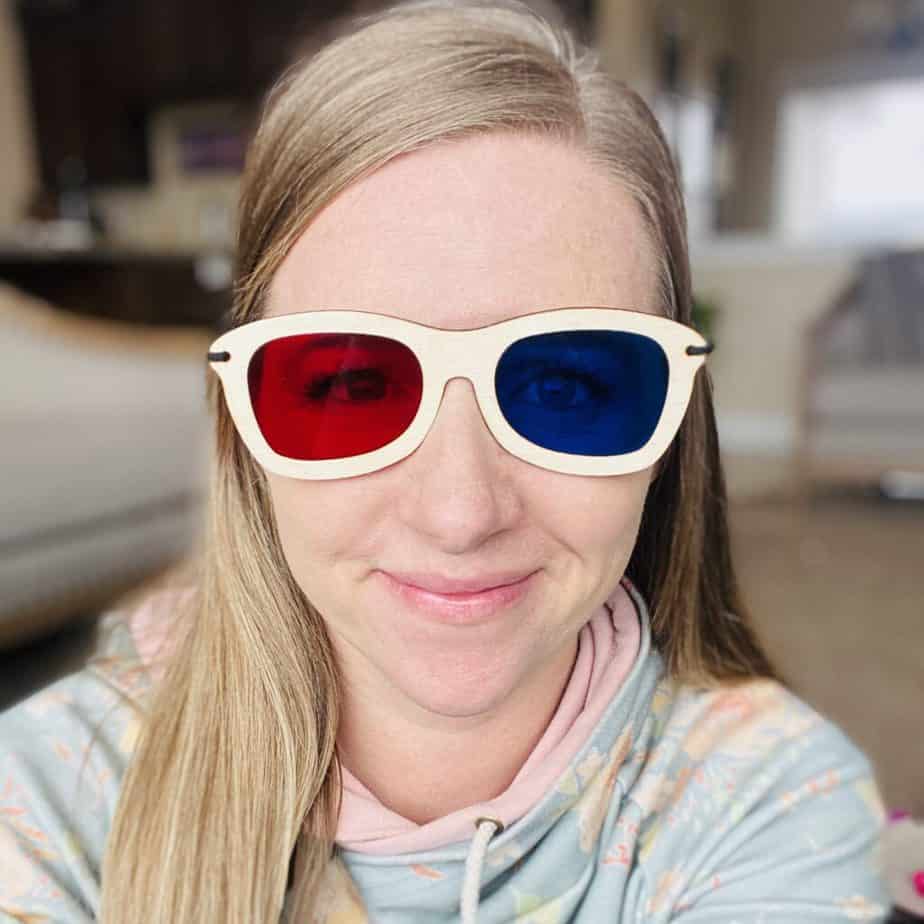
Mirror Stereoscope– This is such a cool tool! It is a big cardboard “W.” The point of the “W” rests on my nose and there are small mirrors on the inside of each side. When looking straight, each eye sees a different mirror that is reflecting images. One eye might see a house with windows and the other eye sees the same house, but with a door and no windows. The goal is to fuse the images into one house with both windows and a door. They have a ton of different images and this one is so good!
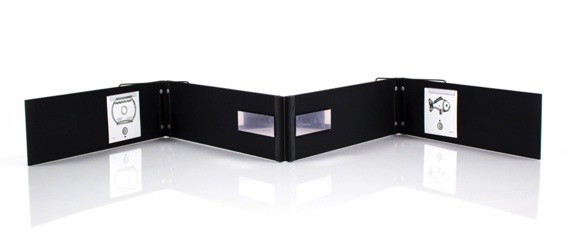
Stereopsis
Stereopsis is when both eyes fuse the object they are seeing and are able to see it with depth and volume in space.
Vectographs– At the office there are a ton of different vectographs. While wearing glasses (sometimes red/blue anaglyph and other times polarized) you look at special images that appear to be floating. They may be images projected onto a wall or simple computer PDFs like these. My favorite is when he projects the vectograph onto the screen.
I stand on a balance board with a foam sword trying to see the vectograph rope floating in the air and touch it with the sword. Dr. Dan usually has a Marsden Ball swinging to the side to help me open up space and asks me to direct him to stand where the ring is floating. I always seem to make a lot of progress with this one.
VTS4– This is an optometrists only computer program that works with a 3D TV. While wearing special 3D glasses you do a million different activities that strengthen all sorts of visual skills. We usually focus on the “stereopsis ring” that can float in and out of the screen. I experienced 3D for the first time using this program, it makes it much easier for the brain to combine images! As the optometrist moves it closer and further away, it stretches the ranges that you can see with both eyes.

Virtual Reality (VR)- This is another medium that makes it easier for the brain to see 3D. While wearing a VR headset like this one each eye has it’s own mini screen. This allows for special settings that force both eyes to work together. Read more about the vision therapy programs Vivid Vision and Optics Trainer to get more details about how VR is used in vision therapy.
Conclusion
As you can see, vision therapy is complicated and there isn’t just one exercise that will solve all problems. It probably doesn’t come as a surprise that you will feel exhausted after you finish the appointment!
I haven’t even scratched the surface on all of the different work that is done in treating strabismus with therapy, but I hope you have a better idea of what to expect when you go.
If you are considering therapy and want to talk about whether it would be a good fit for you, schedule a chat with me!
Schedule a Chat